A common use for cardboard coin banks is to gather donations for charities and non-profit causes by placing the collection banks at prominent locations within stores or at an event. Other uses include piggy banks, children’s savings banks and special funds savings containers. Read More…
Valk Industries provides engineering and manufacturing services for cardboard tubes as well as custom thermoformed items like clamshells, blister packs, trays and filler material.
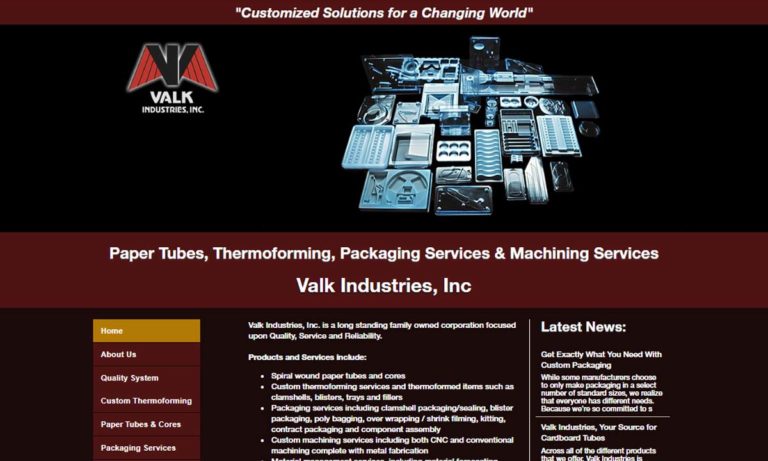
Western Container partners with the world`s top spiral tube equipment designers & paperboard manufacturers, to bring our customers the very best paper tubing and precision cores.
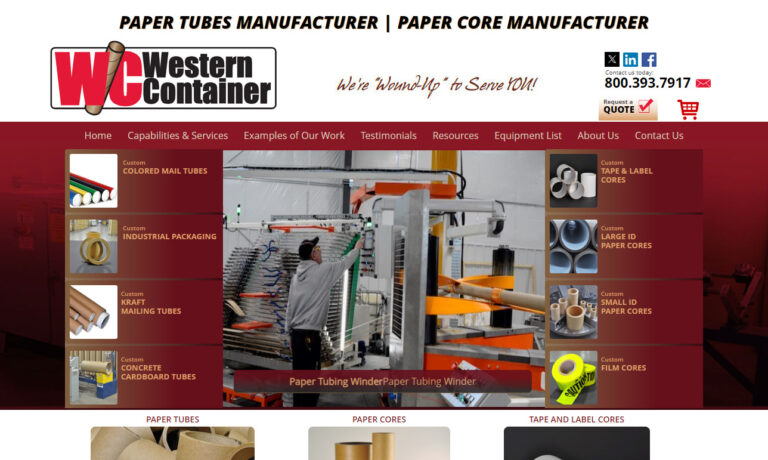
Chicago Mailing Tube is a premier manufacturer of custom paper tubes, containers, and cores, providing products that are both high quality and economical. CMT has been meeting custom size and design requirements for its customers since 1902.

Here at Paper Tubes and Sales we are a proven manufacturer of high quality cardboard tubes. These products are ideal for a multitude of industries and our teams are available to assist you with determining the best paper tube for your application.
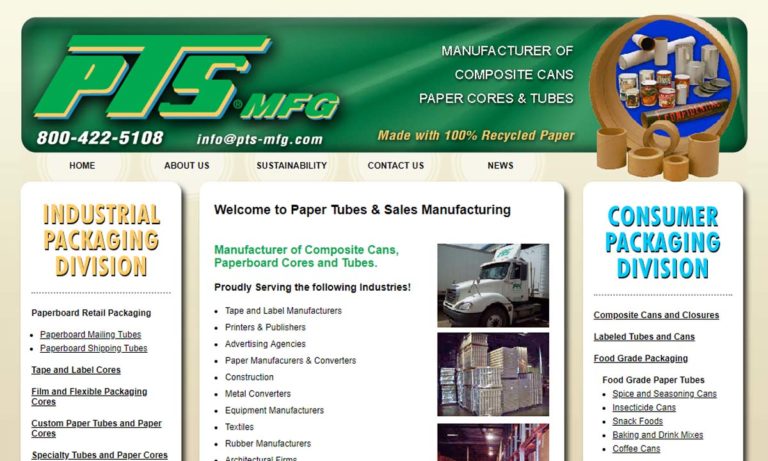
Marshall Paper Tube Company designs and manufactures custom labeled cans, tubes, and mailings. We can create amazing custom designs in full color for your product or brand. We also provide specialty items like coin collection banks and fundraising cans. All of our products are made in the United States of America and out of 100% recycled paperboard in an effort to stay “green.”
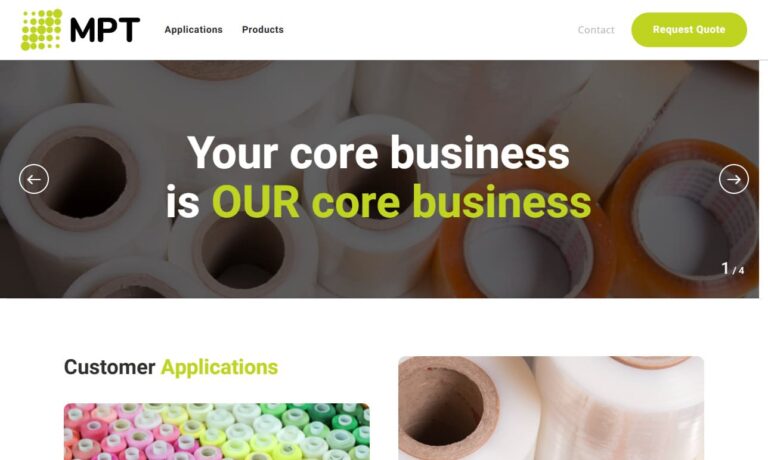
More Coin Banks & Collection Bank Manufacturers
Typically, coin banks are semi-strong and made using the same process as other tubes such as mailing tubes or shipping tubes using wood pulp and cardboard, adhesives and caps/plugs. The cardboard is cut into ribbons and then wrapped around a mandrel, typically using a strengthening adhesive of sorts and dried into the desired size of collection bank.
The tubes are often covered in kraft paper, or another type of printed paper; the cardboard itself, or labels are able to be custom designed according to the use and purpose of the tube. Metal or plastic plugs or caps are used to seal the end of the tubes, and the top plug has a slot cut into it that is wide enough and long enough for change and paper money to be pushed through. Some tubes will have removable plugs while other tubes may have a more permanent seal at the ends, especially for tamper-proof purposes.
While coin collecting tubes are also often made of plastic, cardboard offers a highly versatile material for this purpose. The tubes are able to be pre-printed with labels and logos or designs, therefore allowing the tubes to have a potential dual purpose of collecting money and advertising for a cause or organization. The coin banks are not made too big, and typically have a diameter of about 3 inches with a height around 5 inches.
Money, especially coins, can be very heavy, and the semi-strong cardboard walling can only hold so much weight. Therefore, the size is restricted to ensure the tube does not break. Some coin banks can be shipped flat with the plugs and assemble as and when needed. These are not likely to be the most durable tubes as the cardboard will be thinner, but can be useful for short term use.
When tubes are no longer being used either because they have been damaged in some way, or because a permanently sealed tube has been opened, they are able to be recycled in the same manner as other cardboard items. The relatively low costs of manufacturing and labeling cardboard coin tubes make them an excellent solution for community, church or office charity drives.






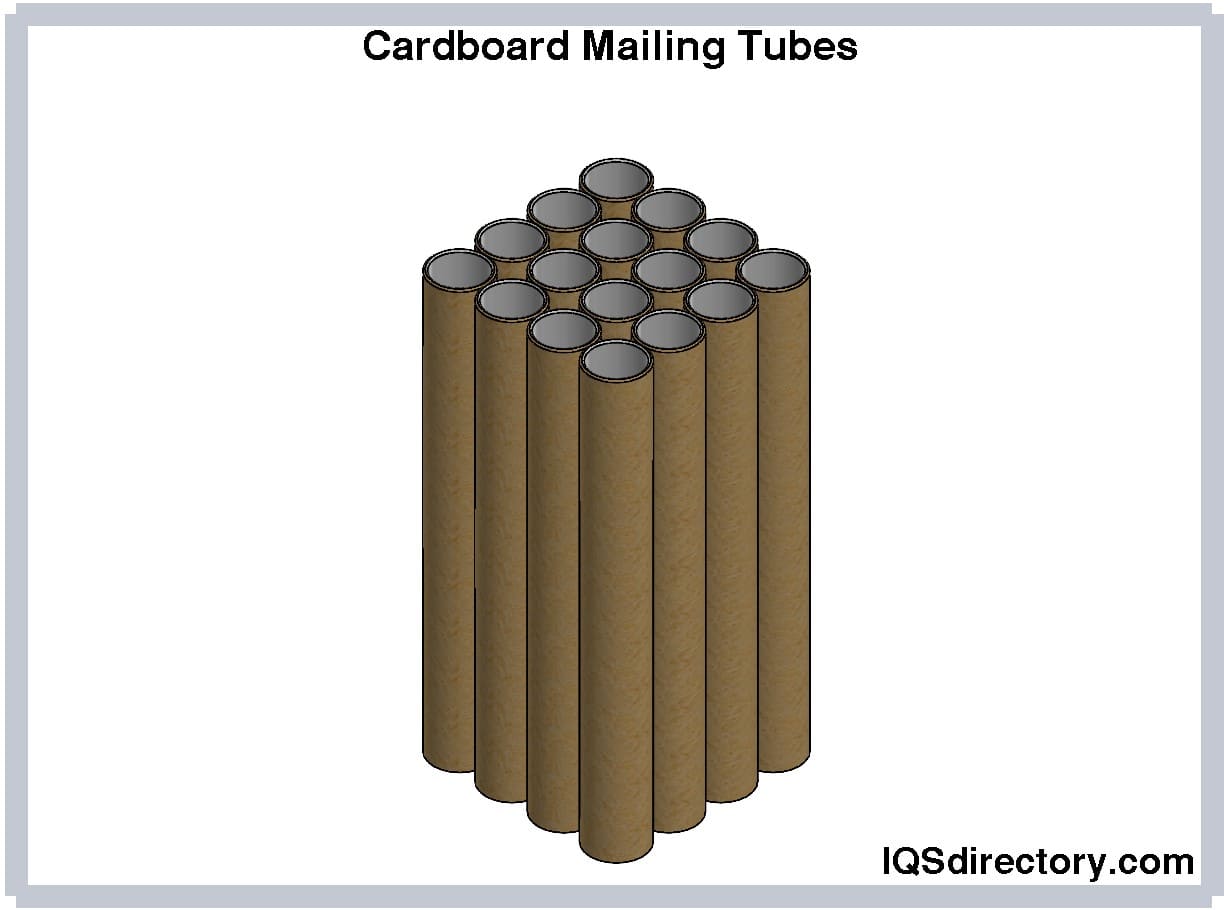
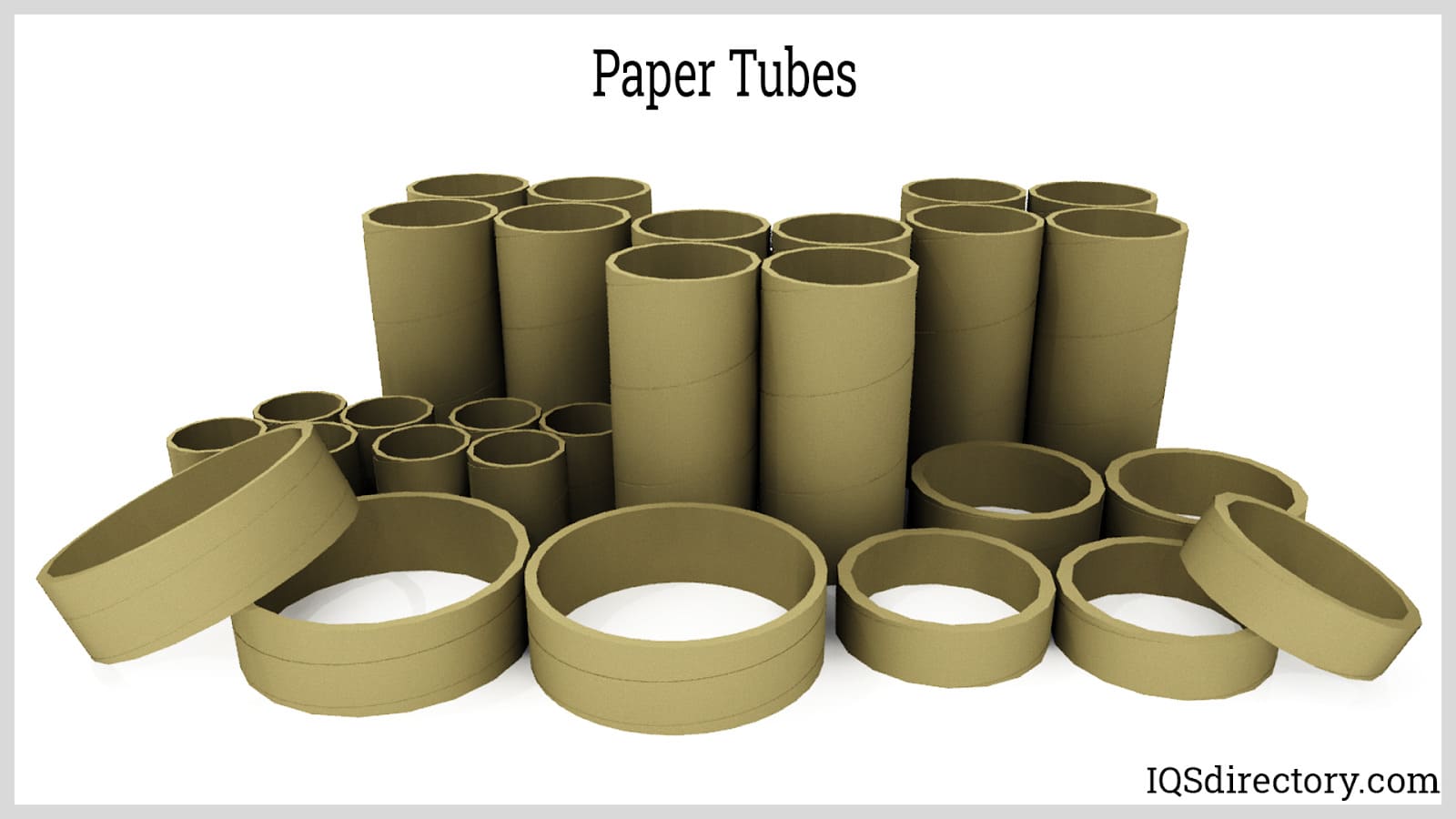
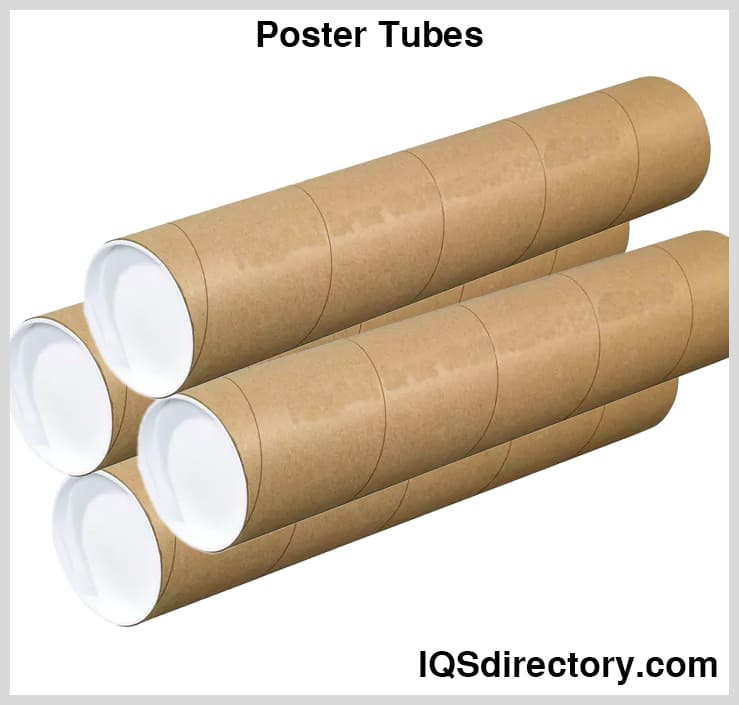
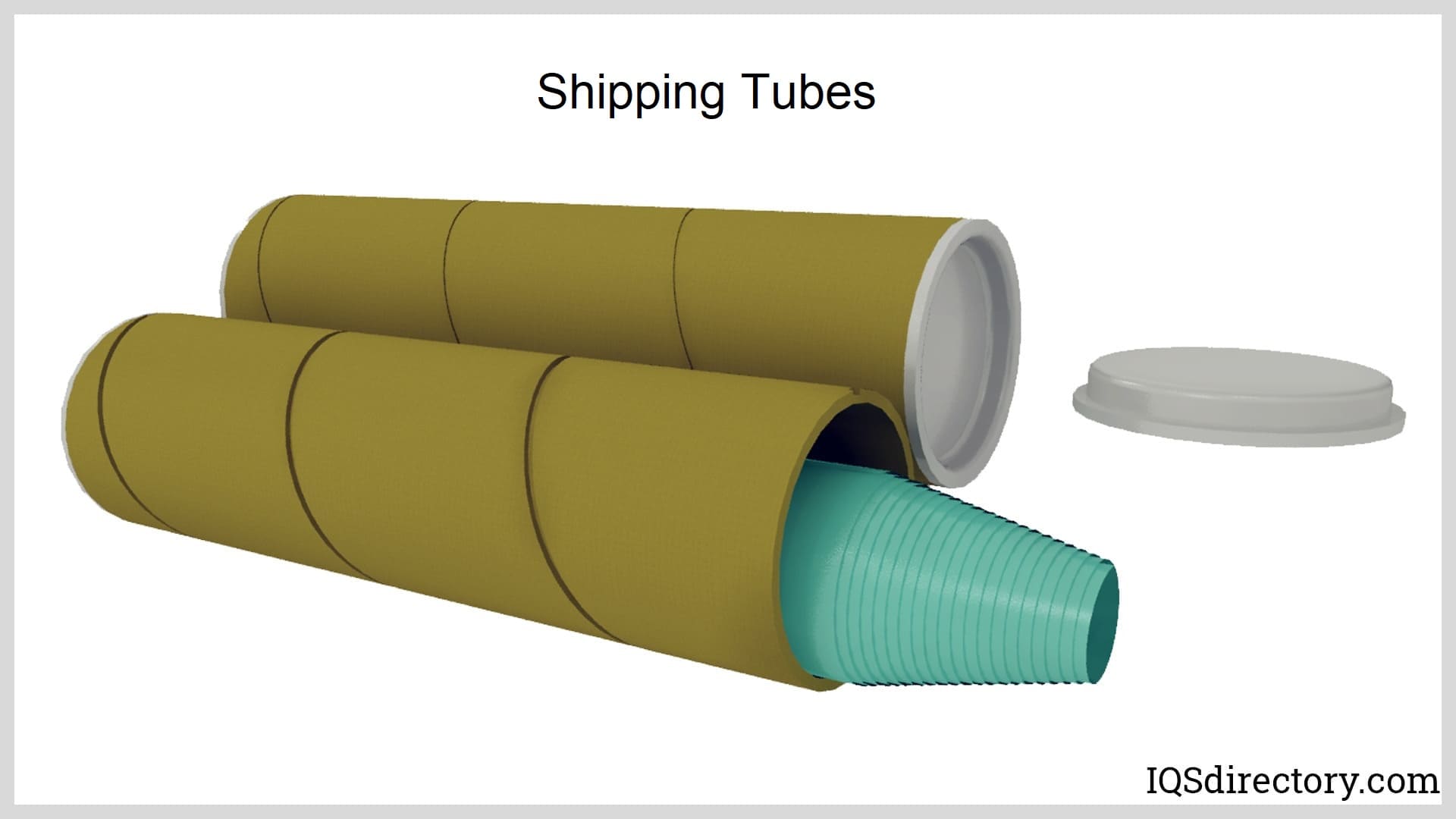
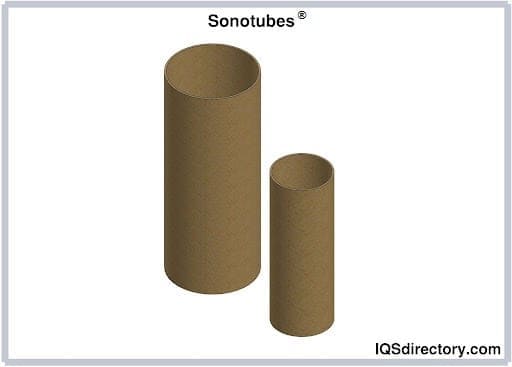
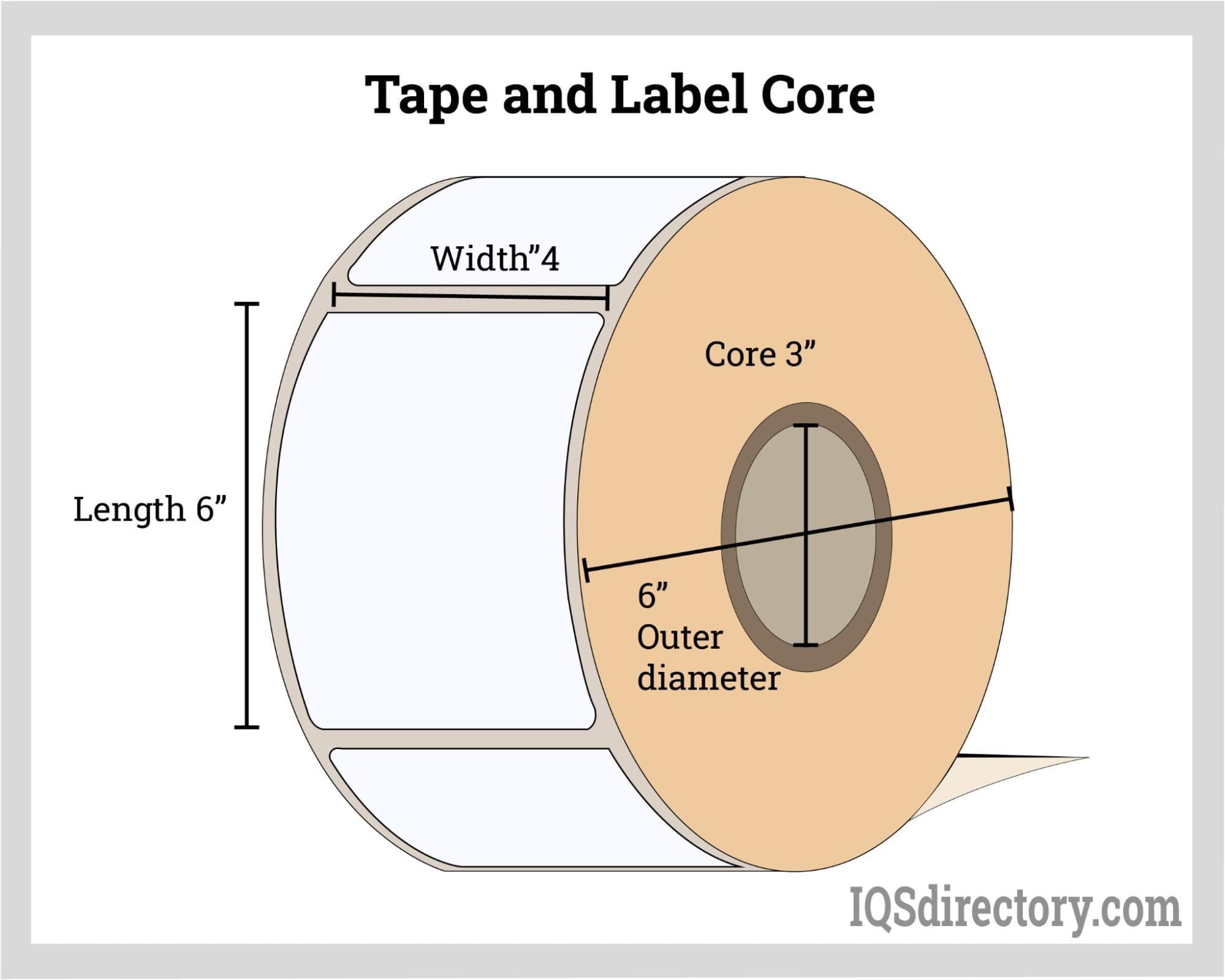
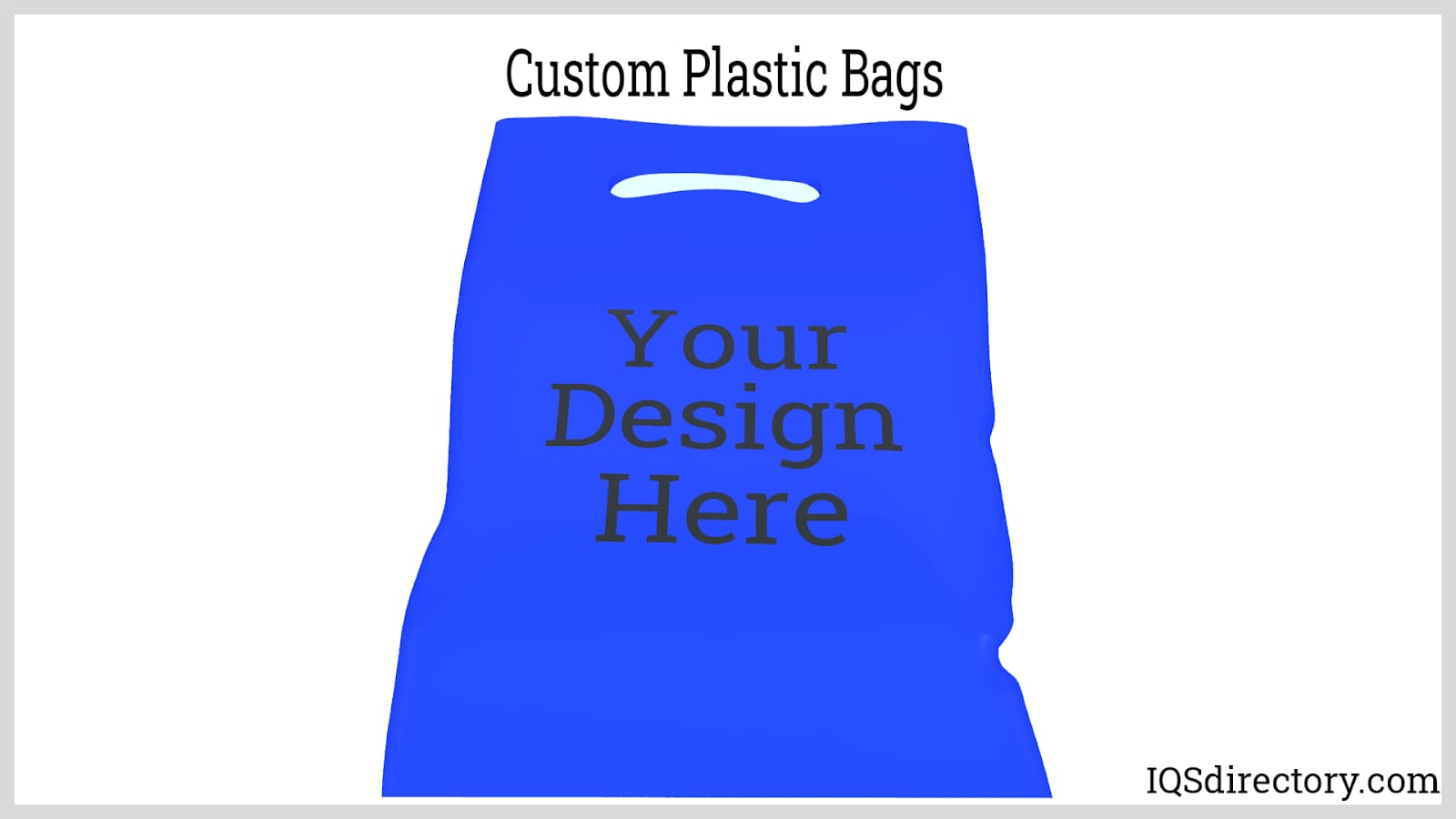
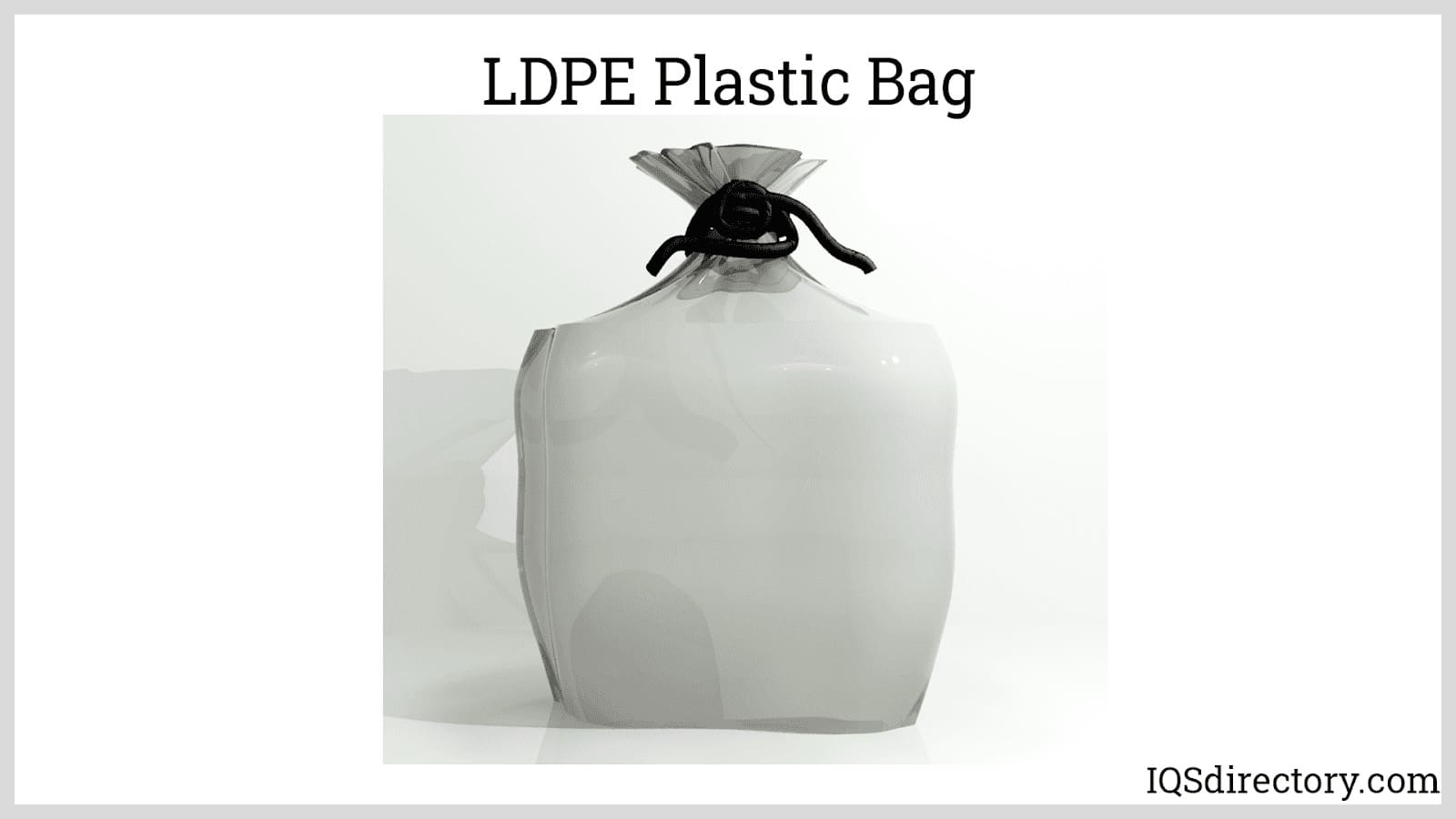
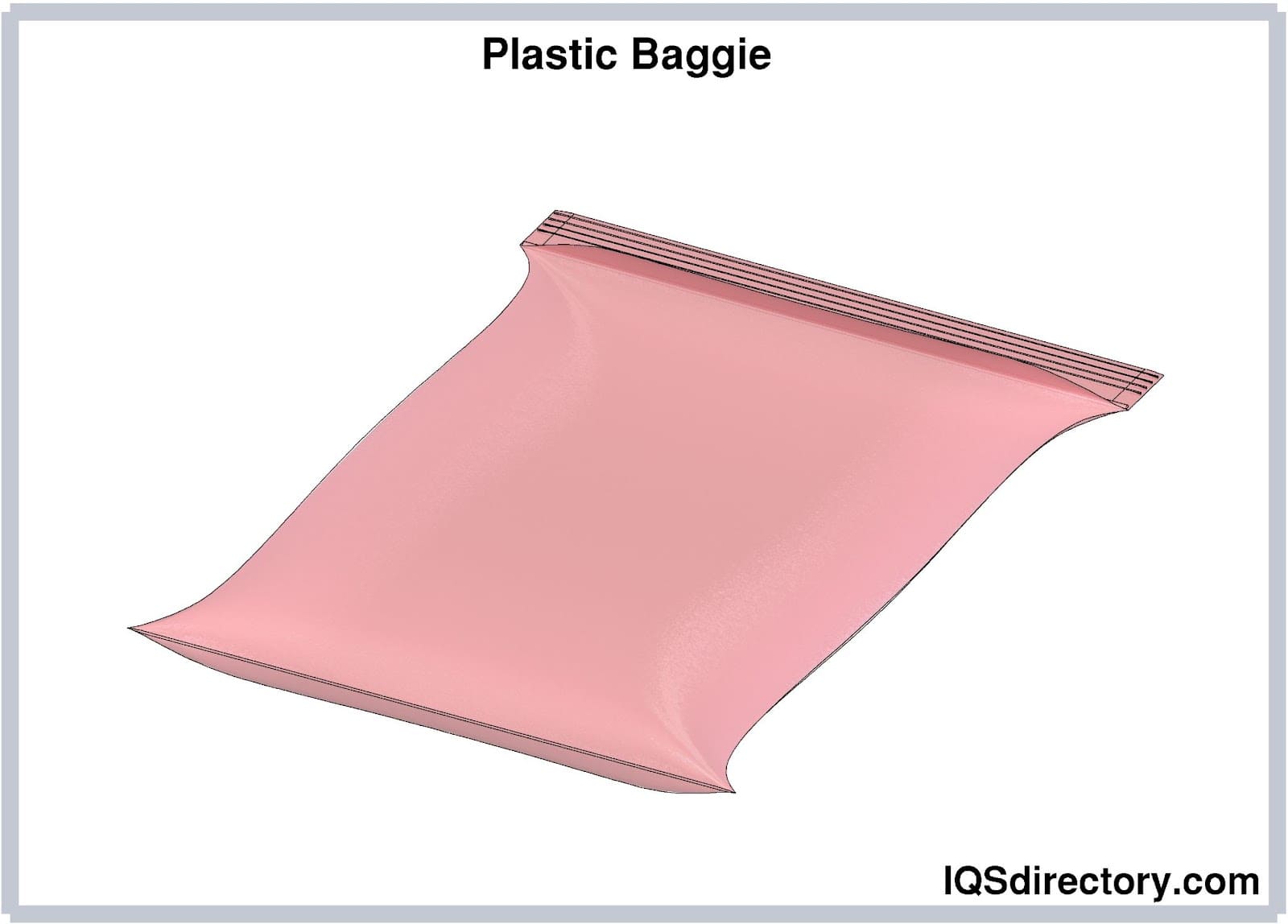
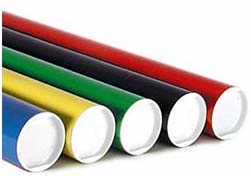 Cardboard Tubes
Cardboard Tubes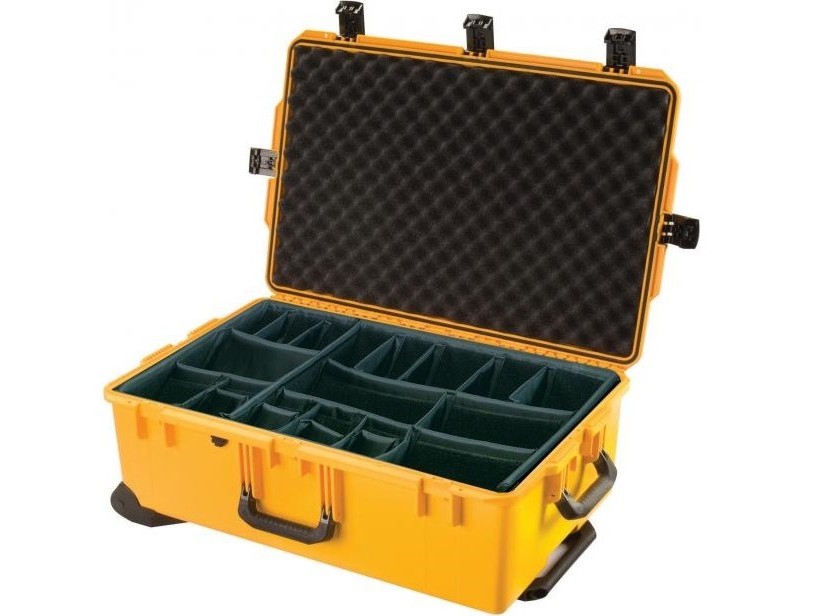 Carrying Cases
Carrying Cases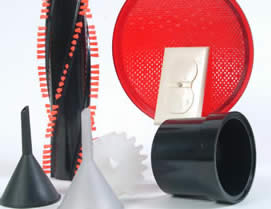 Contract Packaging
Contract Packaging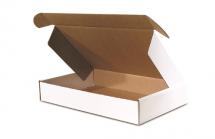 Corrugated Boxes
Corrugated Boxes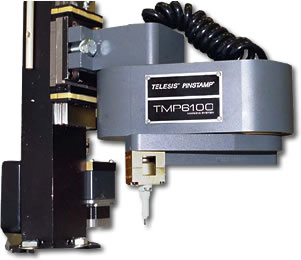 Dot Peening Machines
Dot Peening Machines Labeling Machinery
Labeling Machinery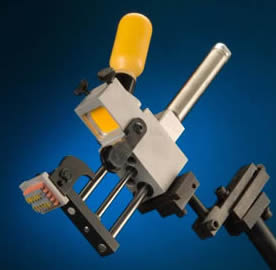 Marking Machinery
Marking Machinery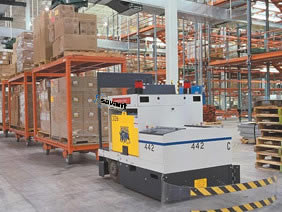 Packaging Equipment
Packaging Equipment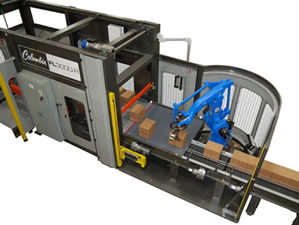 Palletizers
Palletizers Plastic Bags
Plastic Bags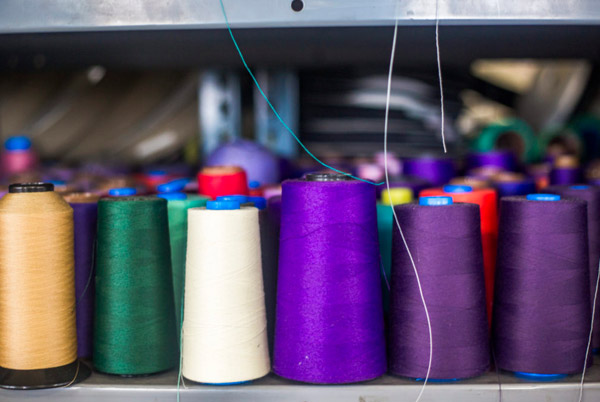 Sewing Contractors
Sewing Contractors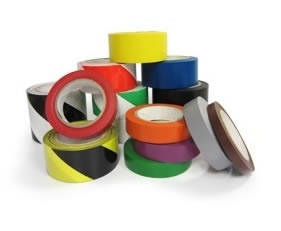 Tape Suppliers
Tape Suppliers Castings & Forgings
Castings & Forgings Bulk Material Handling
Bulk Material Handling Electrical & Electronic Components
Electrical & Electronic Components Flow Instrumentation
Flow Instrumentation Hardware
Hardware Material Handling Equipment
Material Handling Equipment Metal Cutting Services
Metal Cutting Services Metal Forming Services
Metal Forming Services Metal Suppliers
Metal Suppliers Motion Control Products
Motion Control Products Plant & Facility Equipment
Plant & Facility Equipment Plant & Facility Supplies
Plant & Facility Supplies Plastic Molding Processes
Plastic Molding Processes Pumps & Valves
Pumps & Valves Recycling Equipment
Recycling Equipment Rubber Products & Services
Rubber Products & Services